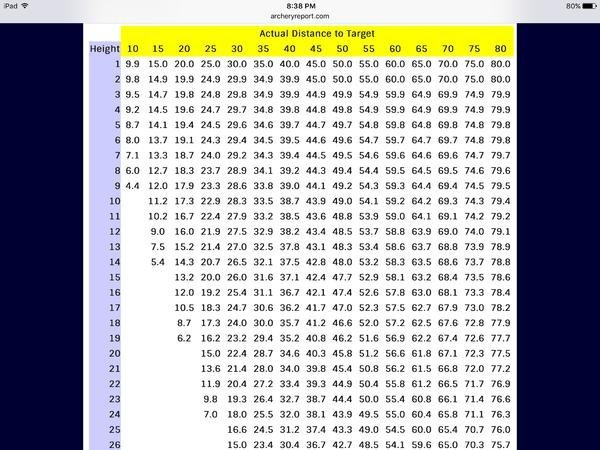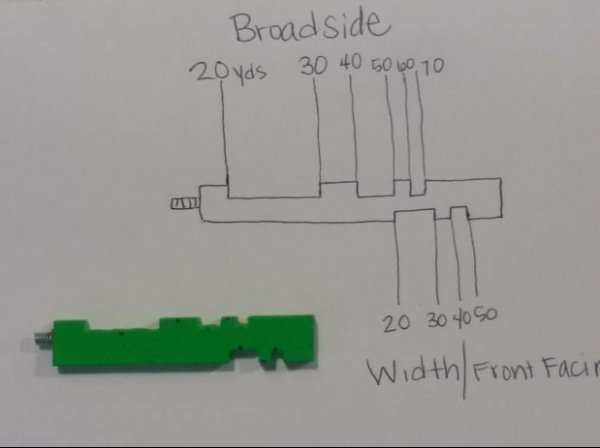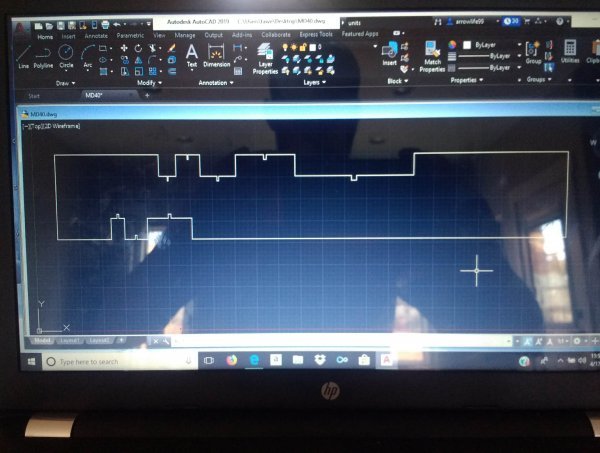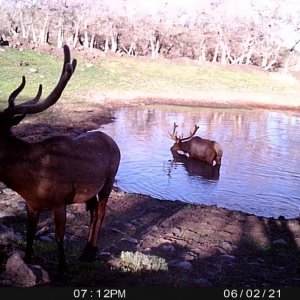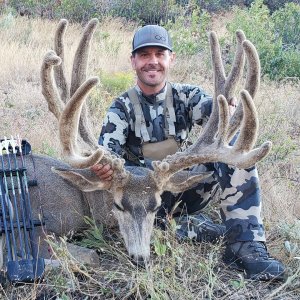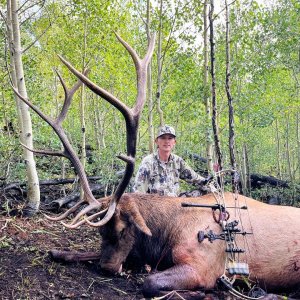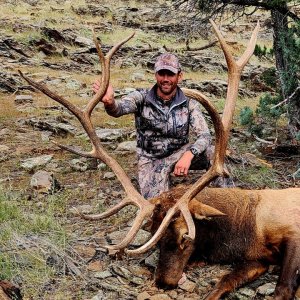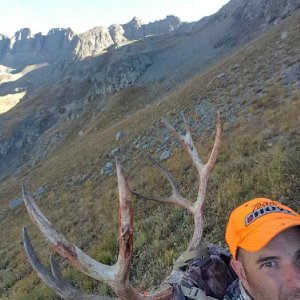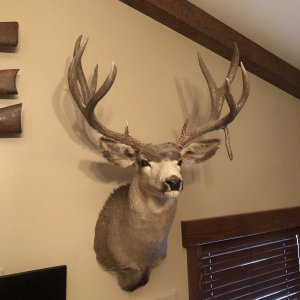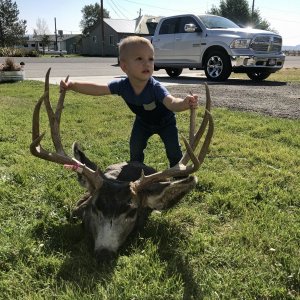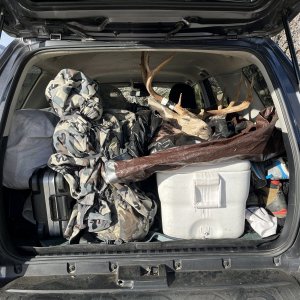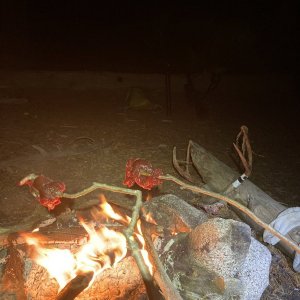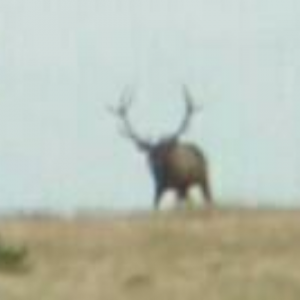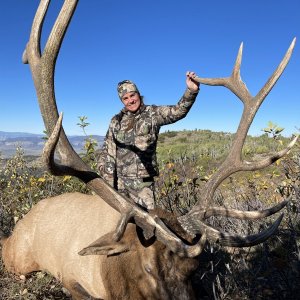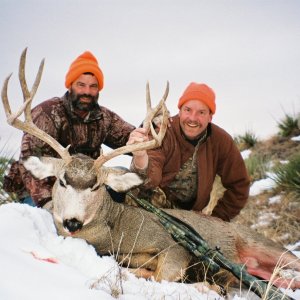Dr_Hunter
Very Active Member
- Messages
- 1,050
LAST EDITED ON Apr-22-18 AT 10:44AM (MST)[p]Hey guys,
Check this out. I'm helping a friend with an idea that he's come up with and created. It is a simple rangefinder that attaches to your bow and tells you the distance of the animal based on it's width measurement (shoulder to rump) and frontal width. It straps to your bow and at full draw you can determine the distance of the animal in pursuit. What I love is that it eliminates the need to range and/or re-range the animal but stay at full draw and be more lethal... and it works!! See the pics below and tell me what you think. I'd appreciate your feedback on the idea.
Rangeviewer on the bow
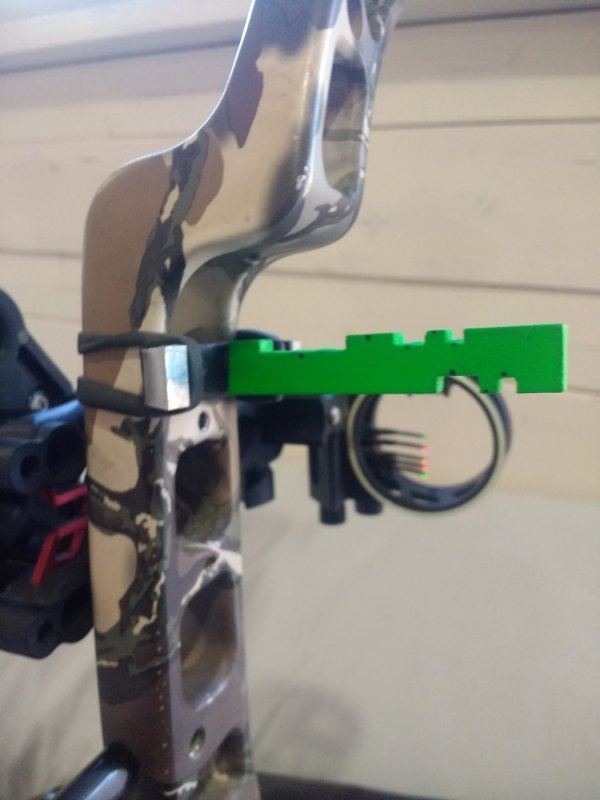
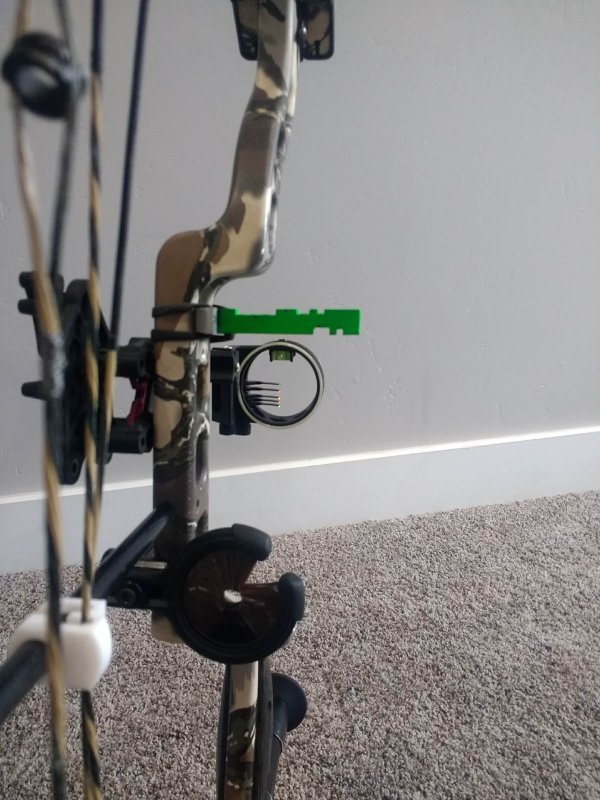
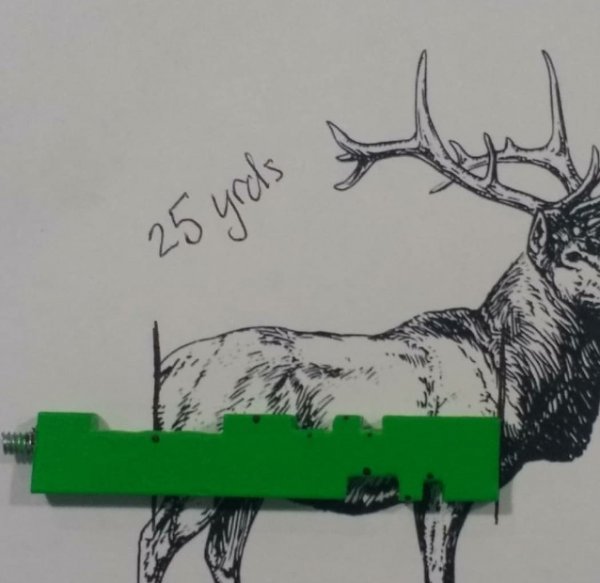
Check this out. I'm helping a friend with an idea that he's come up with and created. It is a simple rangefinder that attaches to your bow and tells you the distance of the animal based on it's width measurement (shoulder to rump) and frontal width. It straps to your bow and at full draw you can determine the distance of the animal in pursuit. What I love is that it eliminates the need to range and/or re-range the animal but stay at full draw and be more lethal... and it works!! See the pics below and tell me what you think. I'd appreciate your feedback on the idea.
Rangeviewer on the bow




